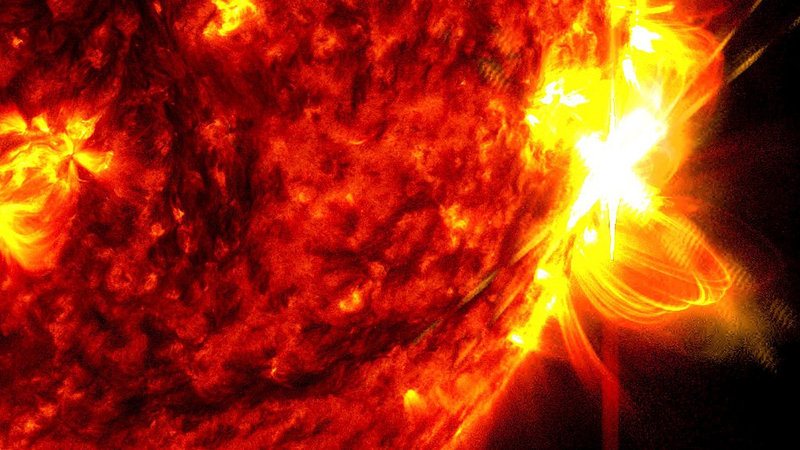In a twist worthy of a sci-fi plot, NASA scientists have discovered that our sun's activity is climbing when it was expected to slump.
Published in The Astrophysical Journal Letters, the study highlights a shift: after decades of decline since the 1980s and hitting a record low in 2008, the sun is showing renewed vigor. "All signs were pointing to the sun going into a prolonged phase of low activity," says Jamie Jasinski, space plasma physicist at NASA's Jet Propulsion Laboratory. "So it was a surprise to see that trend reversed. The sun is slowly waking up."
Solar activity follows an 11-year cycle, and Earth is currently in Solar Cycle 25, which began in 2020. The previous cycle was the weakest in over a century. With this unexpected uptick, researchers warn of more space weather events—solar storms, flares, and coronal mass ejections—that can disrupt power grids, GPS systems, and radio communications on Earth.
For astronauts and spacecraft, a more active sun means increased radiation risks and operational challenges. Satellite operators and mission planners will need to stay on high alert as the solar peak approaches.
Looking ahead, NOAA predicts Solar Cycle 26 to kick off between January 2029 and December 2032. As we track the sun’s next moves, this celestial comeback reminds us how dynamic—and unpredictable—our nearest star can be.
Reference(s):
NASA study reveals unexpected surge in solar activity after decline
cgtn.com




